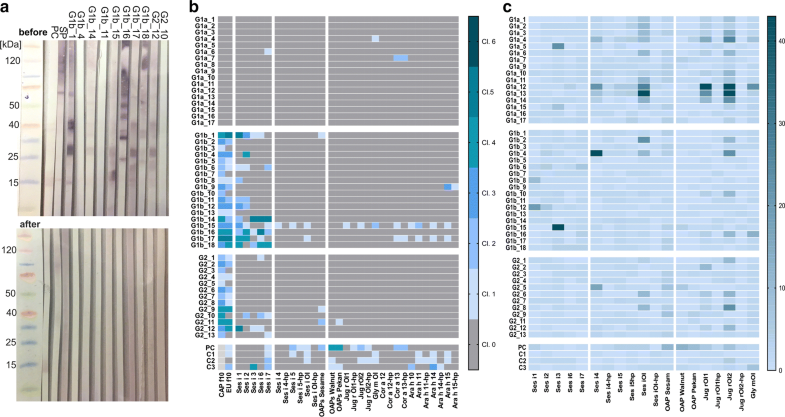- Multidisciplinary Respiratory Medicine
- Review
- Open Access
Abstract
Obstructive sleep apnea (OSA) is a worldwide highly prevalent disease associated with systemic consequences, including excessive sleepiness, impairment of neurocognitive function and daytime performance, including driving ability. The long-term sequelae of OSA include and increase risk for cardiovascular, cerebrovascular and metabolic syndrome disorders that ultimately lead to premature death if untreated. To ensure optimal long-term outcomes, the assessment and management of OSA should be personalized with the involvement of the appropriate specialist. Most studies have demonstrated immediate improvement in daytime somnolence and quality of life with CPAP and other therapies, but the effect of long-term treatment on mortality is still under debate.







 Article Info
Article Info